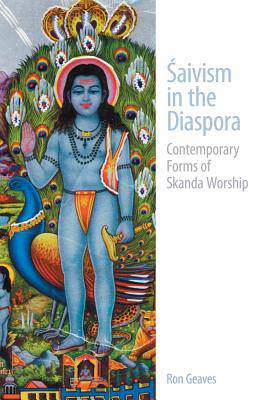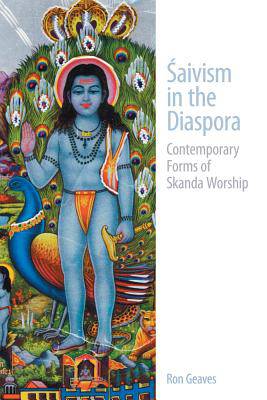
- Afhalen na 1 uur in een winkel met voorraad
- Gratis thuislevering in België vanaf € 30
- Ruim aanbod met 7 miljoen producten
- Afhalen na 1 uur in een winkel met voorraad
- Gratis thuislevering in België vanaf € 30
- Ruim aanbod met 7 miljoen producten
Zoeken
€ 161,45
+ 322 punten
Omschrijving
The book will explore contemporary manifestations of the worship of Siva that have transmigrated to the West. It explores Hindu vernacular traditions or village Hinduism especially in the context of the Hindu diaspora, where the general assumption is that such forms of Hinduism cannot survive as they lack the infrastructure and the rural environment. Based on extensive fieldwork in Britain and India, the author shows that significant developments are taking place where Hindu communities have achieved sufficient concentration for various movements to appear that reproduce folk traditions connected to a particular locale in the subcontinent. These movements often display a focus on the pragmatic or apotropaic motivation for worship of deities associated with healing. The focus is on the Baba Balaknath communities originating in the Punjab and Himachal Pradesh; the worship of Murugan amongst Tamil populations and the Community of the Many Names of God in Wales which originated in the worship of Subramaniyam in Shri Lanka. The book will not only throw some clarity on changing beliefs and practices in the Hindu diaspora, particularly the role of the apotropaic or pragmatic dimension, it will also help to understand important theoretical concepts such as Sanskritisation and the relationship between the Little Tradition and the Great Tradition or All-India and local traditions.
Specificaties
Betrokkenen
- Auteur(s):
- Uitgeverij:
Inhoud
- Aantal bladzijden:
- 320
- Taal:
- Engels
Eigenschappen
- Productcode (EAN):
- 9781845532345
- Verschijningsdatum:
- 15/01/2007
- Uitvoering:
- Hardcover
- Formaat:
- Genaaid
- Afmetingen:
- 164 mm x 235 mm
- Gewicht:
- 616 g

Alleen bij Standaard Boekhandel
+ 322 punten op je klantenkaart van Standaard Boekhandel
Beoordelingen
We publiceren alleen reviews die voldoen aan de voorwaarden voor reviews. Bekijk onze voorwaarden voor reviews.








